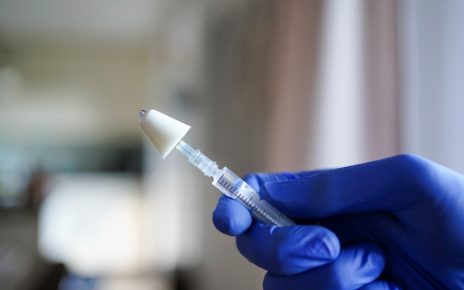TOPLINE:
A combination of conventional speech therapy and singing exercises improves voice impairments in people with Parkinson’s disease (PD) more than either intervention alone.
METHODOLOGY:
The study included 33 mostly male PD patients, mean age about 59 years, with speech and voice problems who were taking levodopa medication, had mild disease (stages 1 to 2 on the Hoehn and Yahr scale), and had no major hearing or visual issues.
Participants were randomly assigned to one of three treatment groups — conventional speech therapy alone, singing intervention alone, or a combination of these two.
All patients received three 1-hour treatment sessions per week for four consecutive weeks using WhatsApp Messenger (tele-rehabilitation) and did home exercises.
The primary outcome was voice intensity — something that decreases in PD patients — examined through sustaining the “ah” vowel, reading, and monologue tasks. Secondary outcomes included voice handicap index (VHI), which quantifies the perception of patients with voice impairment, maximum frequency range in semitones, and jitter (frequency perturbations) and shimmer (perturbation amplitude of sound wave) parameters to assess voice quality.
Researchers evaluated subjects at 1 week before the first intervention session and at 1 week and 3 months after the last evaluation.
TAKEAWAY:
All groups had significant improvements in voice intensity (P < .001) at 1 week. These results were preserved at a 3-month follow-up.
The combination therapy had a significantly greater effect on VHI and maximum frequency range in semitones compared with singing or speech therapy alone.
Decreases in jitter and shimmer parameters, which indicate improved voice quality, were significantly greater in the combination therapy group than in the other groups. Combination therapy may strengthen laryngeal and respiratory muscles and so reduce jitter and shimmer.
Participants in the singing-only intervention group did not have any better outcomes compared with the other groups. However, the singing group performed similarly to the speech therapy group in terms of jitter, shimmer, and maximum frequency range.
IN PRACTICE:
The study showed the success of a combination speech and singing intervention with tele-rehabilitation in PD, said the authors, who added that tele-rehabilitation offers a convenient, low-cost, and accessible intervention to treat voice quality and is suitable for many stages of voice problems in PD.
STUDY DETAILS:
The study was carried out by researchers at the Department of Speech Therapy, School of Rehabilitation Sciences, Iran University of Medical Sciences; the Department of Neurology, School of Medicine, Iran University of Medical Sciences; and the Department of Biostatistics, School of Public Health, Iran University of Medical Sciences, all in Tehran. It was published online June 7 in International Journal of Language & Communication Disorders.
LIMITATIONS:
The sample size was small, and the lack of patient masking could create a risk of bias. As tele-rehabilitation is new, it may have drawbacks, including, for example, the need for a caregiver to provide guidance during treatment sessions and internet problems such as low speed and disconnections.
DISCLOSURES:
The study was funded by Iran University of Medical Sciences. The investigators have disclosed no relevant financial relationships.
For more Medscape Neurology news, join us on Facebook and Twitter.
Source: Read Full Article



